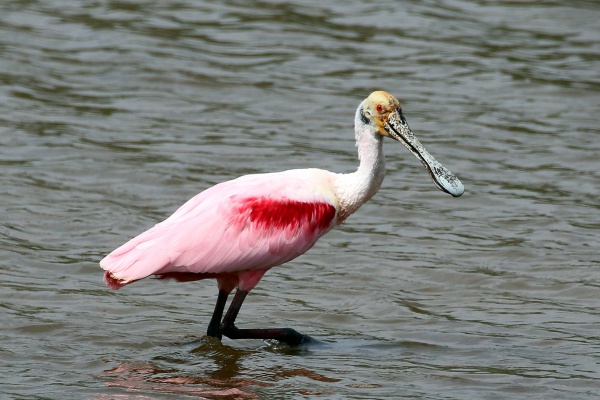Facts About Roseate spoonbill
The roseate spoonbill is a gregarious bird that thrives in groups. A member of the ibis and spoonbill family, Threskiornithidae, this wading bird is distributed across South America, the Caribbean, Central America, Mexico, and the Gulf Coast of the United States. Fascinatingly, a study on mitochondrial DNA revealed that the roseate spoonbill is closely related to the yellow-billed spoonbill.
What truly distinguishes the roseate spoonbill are its vibrant pink feathers, elongated legs, long neck, and distinctive spoon-shaped bill. The pink hue originates from the carotenoid pigments in their diet. They enjoy feeding in shallow waters, using their unique bills to sift through the mud for crustaceans, insects, and small fish. If you visit the "Ding" Darling National Wildlife Refuge in Florida, you might encounter a flock of these captivating birds.
During breeding season, roseate spoonbills construct their nests in shrubs or trees, laying between two to five eggs. The fledglings have paler feathers and a yellowish or pinkish bill. Although their nests face threats from various predators, some roseate spoonbills manage to live up to 16 years in the wild.
Given the challenges they encounter, the roseate spoonbill is a remarkable bird worthy of conservation efforts to ensure its continued existence.

 Peru
Peru